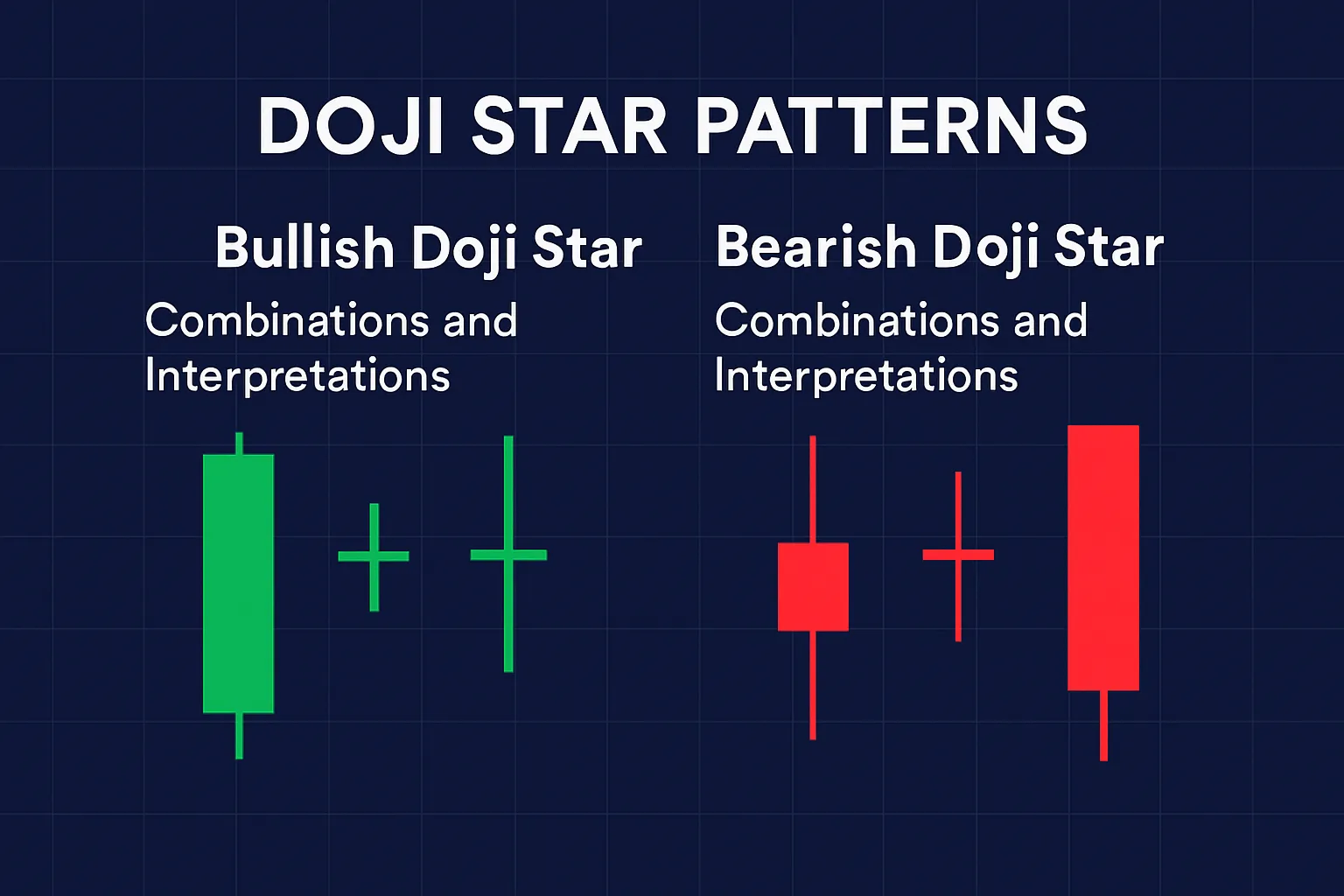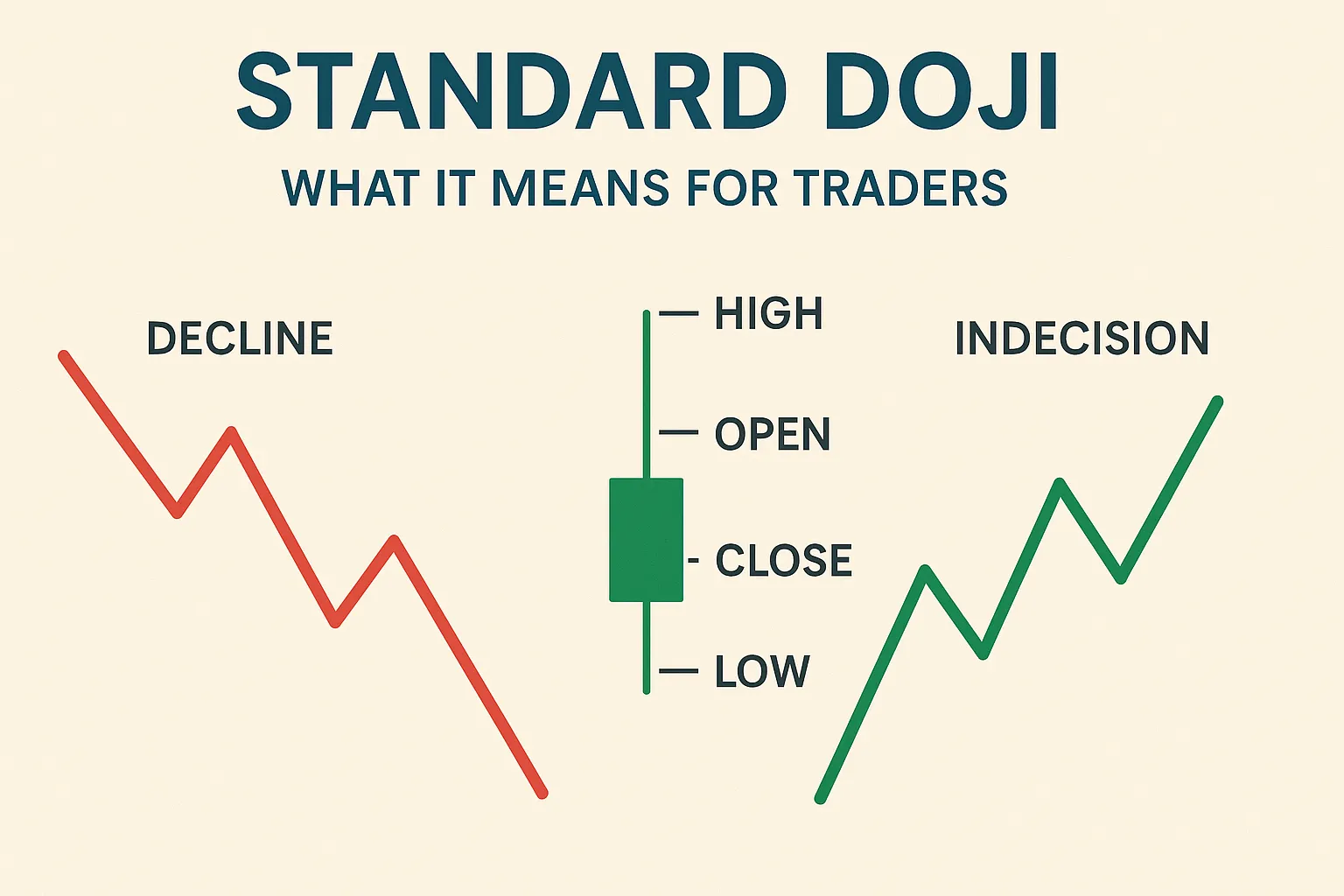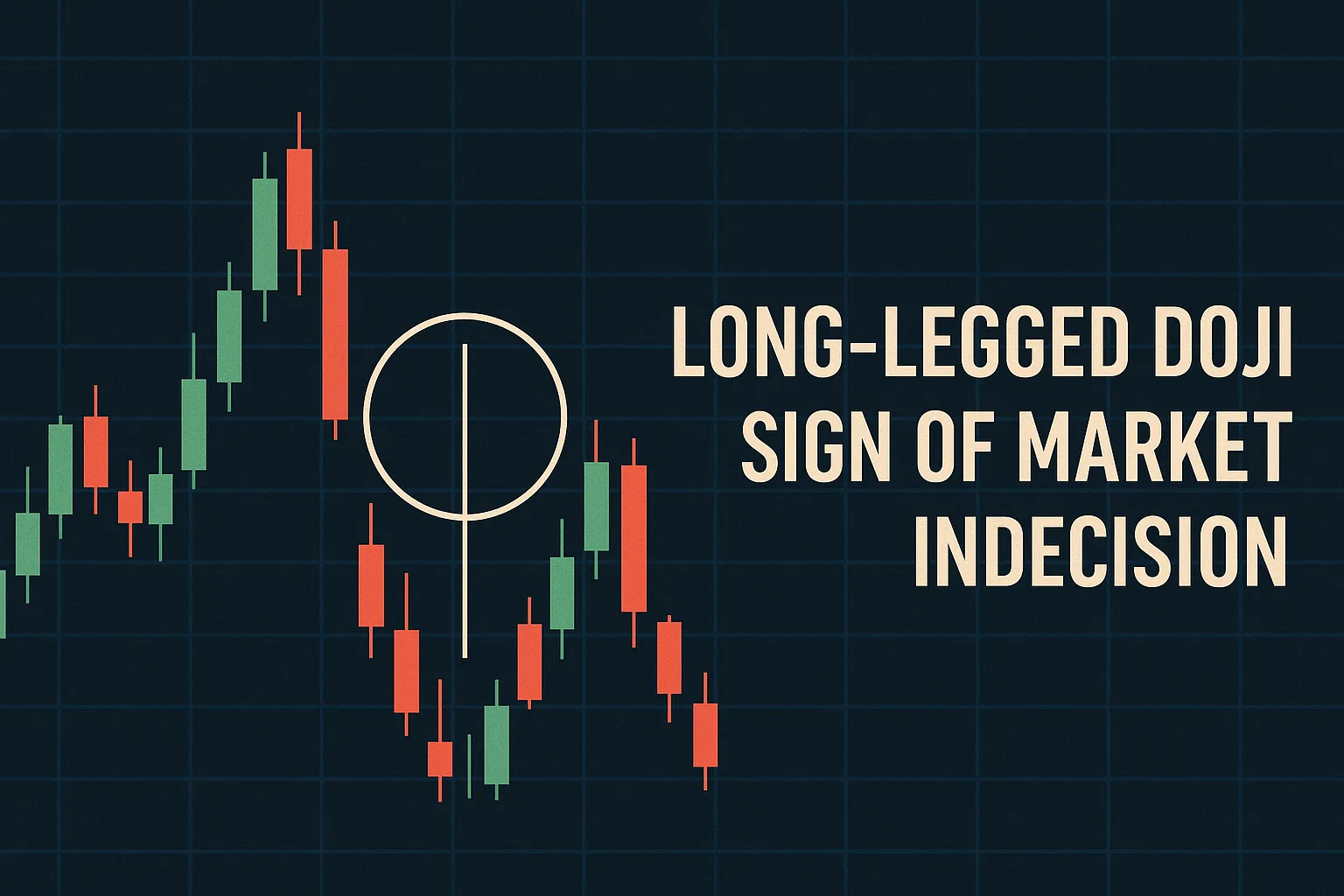Introduction of Doji Candle Color Meaning
Traders often wonder if the colour of a Doji candlestick — whether it’s green or red — affects its meaning. The Doji Candle Colour Meaning can be crucial as it primarily signals indecision, but the color can add context in certain scenarios. Let’s explore when color matters and when it doesn’t.
What Causes the Color of a Doji?
- A green Doji occurs when the closing price is slightly higher than the open.
- A red Doji forms when the closing price is slightly lower than the open.
- The difference is minimal, as Doji candles have nearly equal open and close prices.
Does the Color Influence Market Interpretation?
- Minimal Impact:
- The core message of a Doji is neutrality and indecision, not bullish or bearish intent.
- Color is often insignificant, especially in standard Doji forms.
- Subtle Clues:
- In a strong trend, a green Doji might show slight bullish pressure.
- A red Doji may indicate mild bearishness, but confirmation is still key.
When Color Might Matter
- At Support: A green Doji near support may signal buying pressure is emerging.
- At Resistance: A red Doji near resistance could hint at selling pressure building.
Focus on Shape, Not Just Color
- The length of shadows and position in the trend are more critical than color.
- Always wait for the next candle for a clear trading signal.
Conclusion
While color in Doji candles (green or red) can offer minor insights, it usually doesn’t change the core meaning: market indecision. Focus on the context and confirmation, not just the hue.






